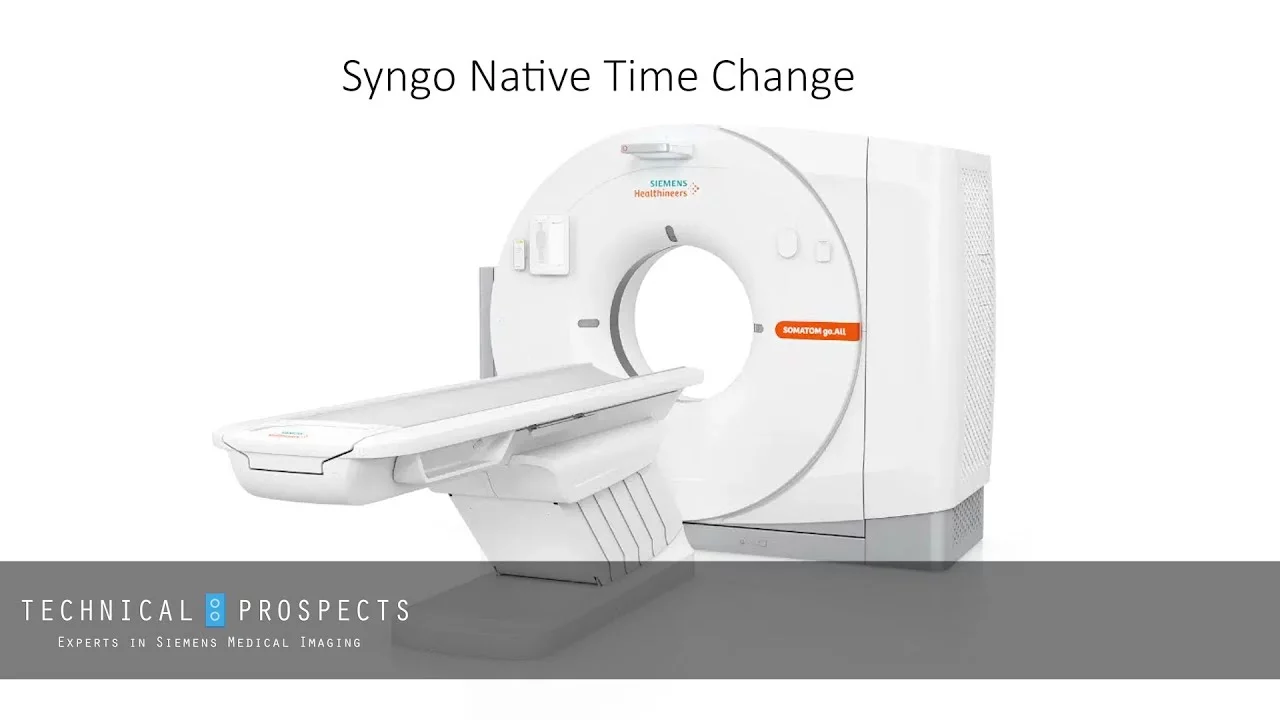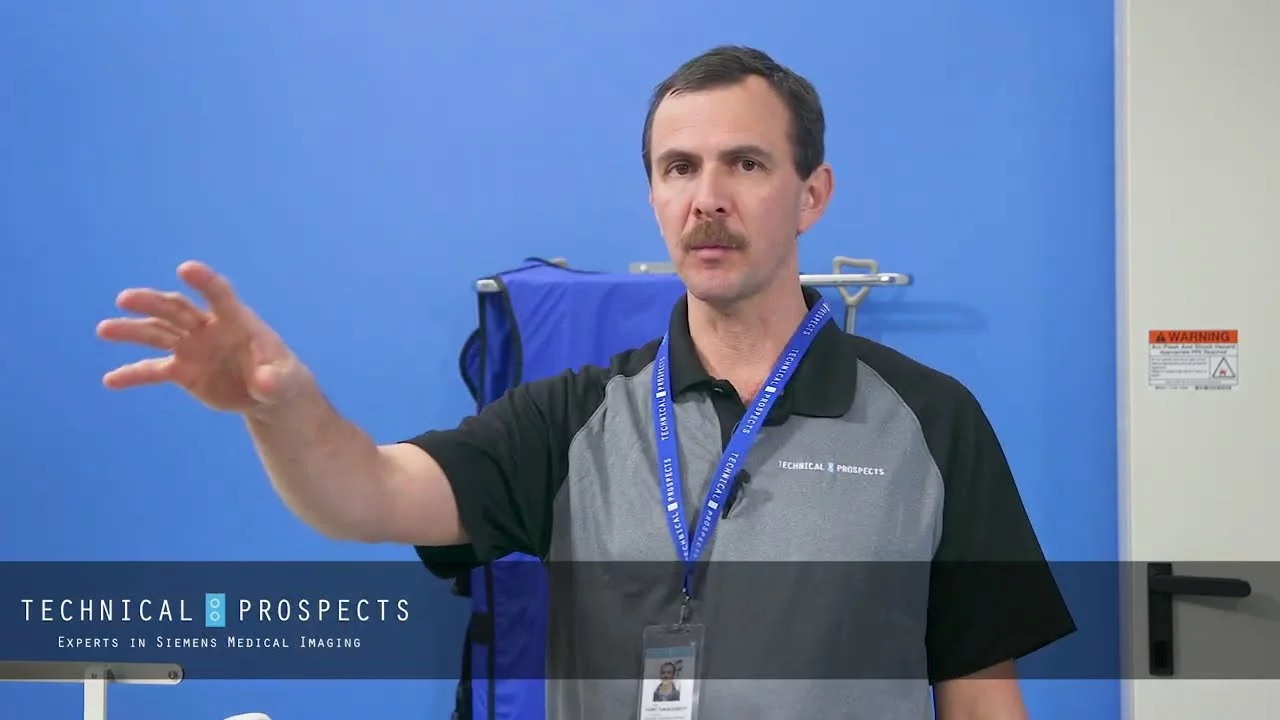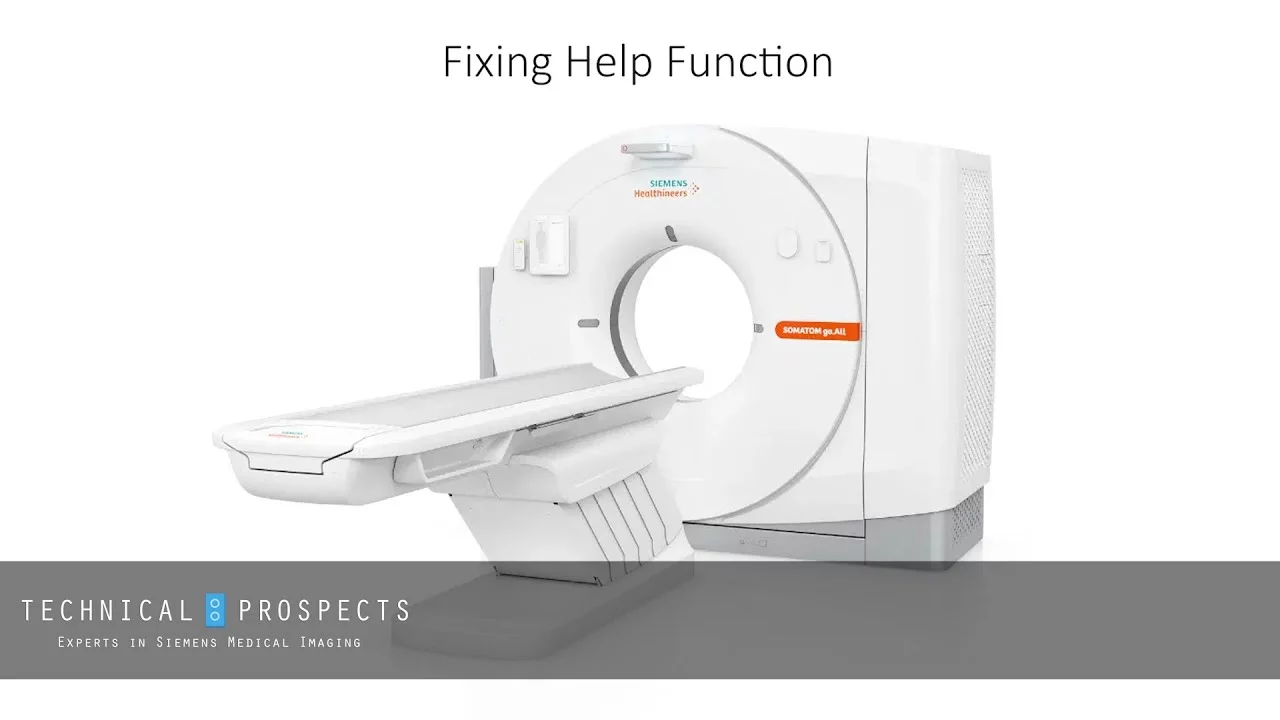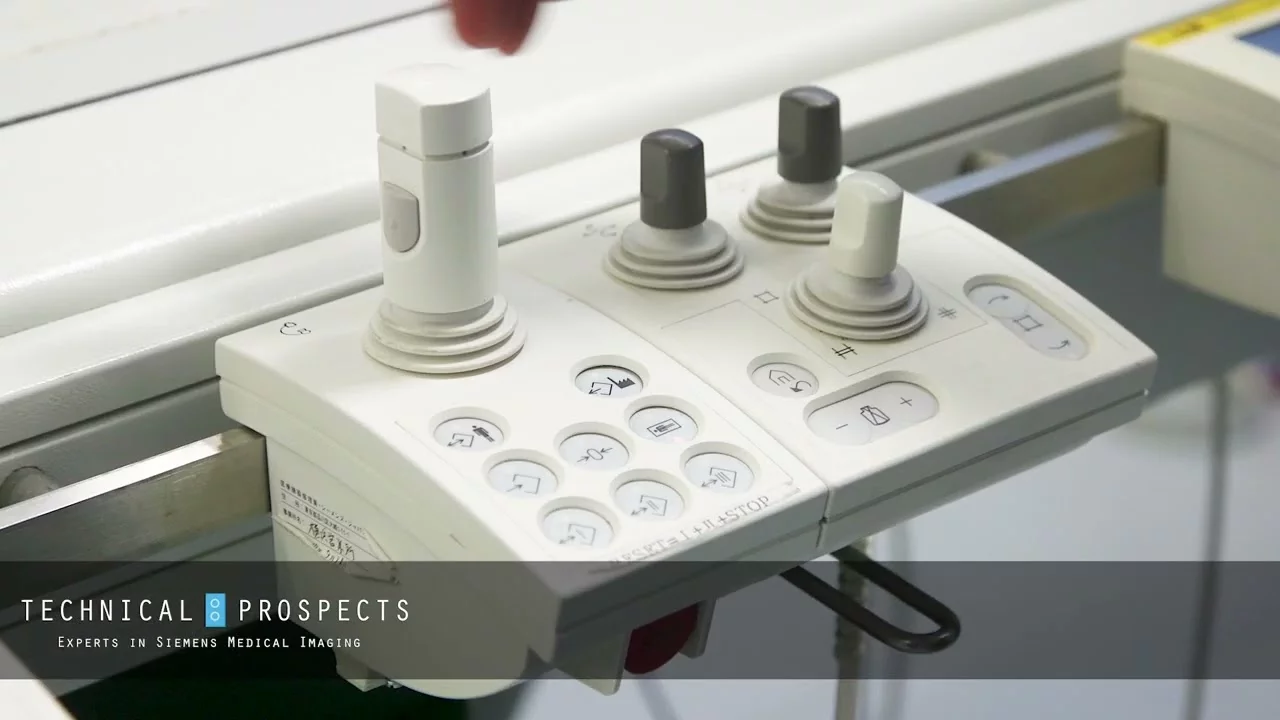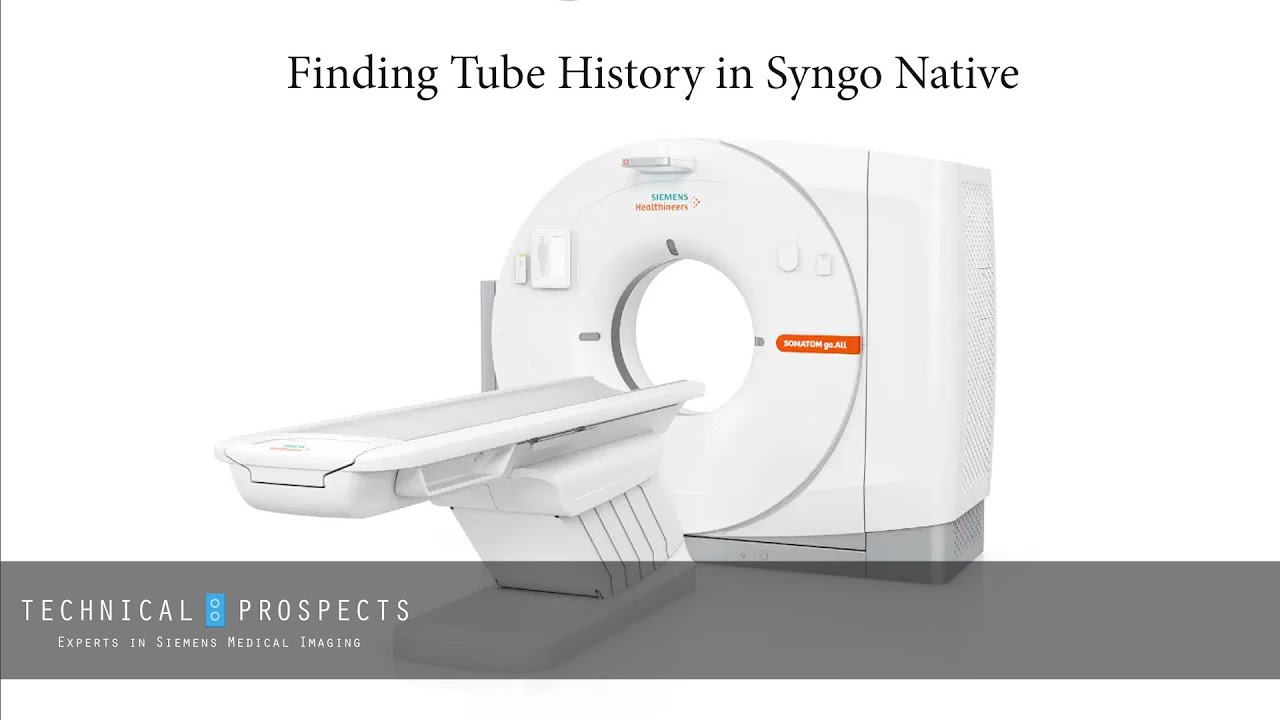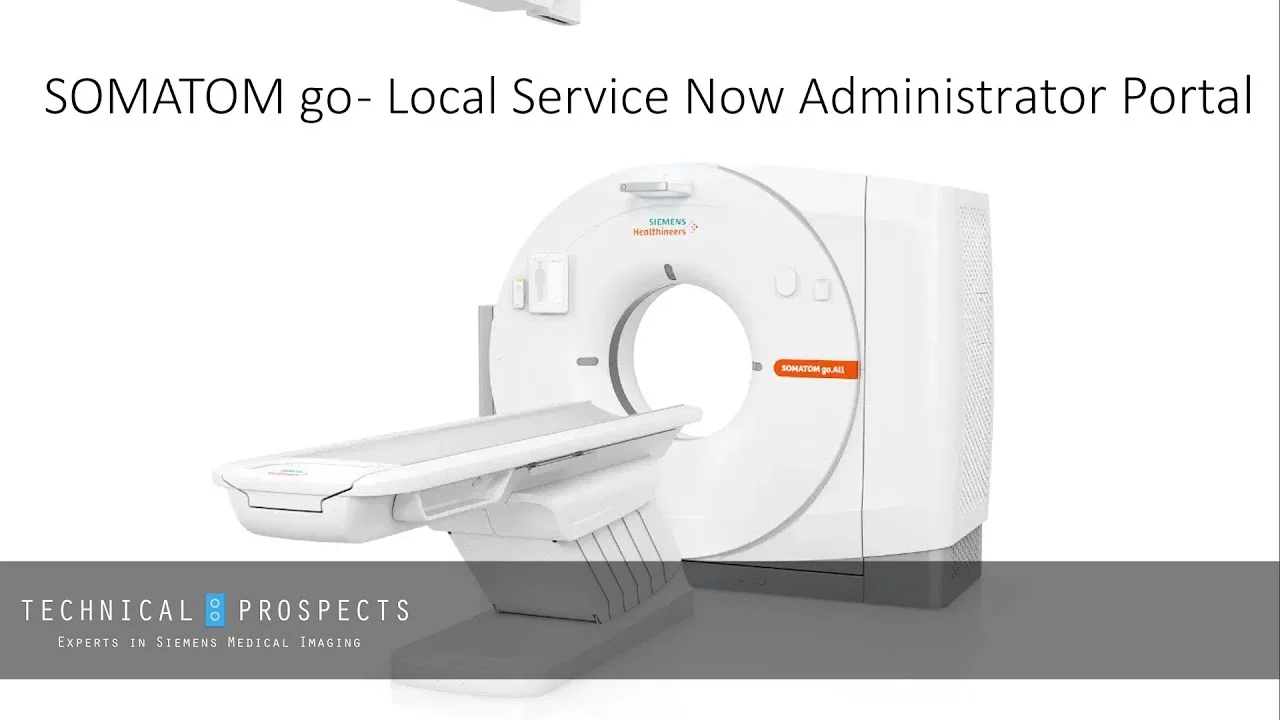The post-COVID surge in medical procedures has finally begun as the world’s population gets vaccinated against the virus. The resulting increase in diagnostic imaging system usage will undoubtedly translate into more frequent repairs and shorter preventive maintenance intervals, creating a corresponding demand for spare parts. These factors, coupled with an anticipated growth rate of 9.2% CAGR in the medical equipment maintenance market over the next 10 years, the recent availability of virtual training options for imaging engineers, and an influx of newly trained maintenance professionals, have led industry experts to suggest potential parts shortages may also be on the horizon.
Medical Imaging Supplies and Parts You NEED to Have On Hand
When a medical imaging device goes down, or needs preventive maintenance, time is of the essence for getting it up and running again. Every hour that’s lost leads to delays in vital patient care and can cost thousands of dollars in lost revenue for the healthcare organization that owns the equipment.
Having in-house service capabilities with at least one ACI-certified imaging engineer who’s available at a moment’s notice, is a big part of the long-term success, patient satisfaction, and profitability of the organization. Equally important is having technical support experts like those at DirectMed Imaging only a phone call away. Unfortunately, there’s still one vital component missing: replacement parts. Without the necessary part(s) readily available, no amount of expertise is going to solve the issue.
In an ideal world, the imaging department would have an inventory of all the parts that could potentially fail. Any service outage could be quickly remedied simply by replacing the offending part, but it just isn’t feasible to keep a large stockpile of replacement parts on hand, and it’s difficult to accurately predict which part might be needed the next time a machine goes down. However, there are a few common supplies and spare parts that should always be readily available for quick replacement.
1. Medical Imaging Supplies and Preventative Maintenance Kits
Since they’re needed on a regular basis, cleaning supplies for different surfaces, as well as silicone oil for generator tanks and X-ray tubes, are must-haves for properly maintaining medical imaging systems.
Although preventive maintenance (PM) kits from DirectMed Imaging provide much of what’s needed to conduct regularly scheduled PM, there may be additional system components that need to be repaired or replaced during PM. Inspect the system in advance and preorder any additional parts that may be necessary or not included in the kit. In particular, take note of all batteries and replace those that may be approaching the end of their lifespan.
2. Imaging System-Specific Keyboards and Mice
Two more must-have items for the in-house inventory list are replacement keyboards and mice for each of the different systems in your install base. Engineers can’t run to the office supply store and pick up a basic consumer keyboard for an MRI or CT system. These are specialty parts, including keys with unique functionalities and firmware, that go with the system. Having a replacement mouse and keyboard that’s immediately accessible can save the day with minimal disruptions to patient care.
3. Hand and Foot Switches for MRI or CT Systems
These parts tend to wear out due to frequent use and can be accidentally damaged if the wires connecting them to a medical imaging system are pulled or stepped on. Depending on the facility’s install base, spare switches could be a lifesaver … literally.
If you have a few systems that use the same type of hand or foot switch, having one on hand is prudent if you want to avoid waiting a day or more for a replacement part. With a spare hand or foot switch, there’s no downtime. You can just replace it and then order a new one to be the backup.
4. Portable X-Ray Machine and UPS Batteries
Portable X-ray machine and UPS batteries have a standard life expectancy. You should know when they need to be replaced and can then plan accordingly. Be careful not to keep batteries too long since energy tends to drain while sitting in storage. Having the ability to quickly swap out a battery saves downtime and demonstrates a commitment to excellence.
Medical Imaging Spare Parts You SHOULD Have On Hand (The Repeat Offenders)
The items above represent the bare minimum of what should always be kept on hand, but all imaging systems have certain components that are more prone to failure than others. Whether it’s because of wear and tear, lack of preventive maintenance, or a limited life expectancy, these are some of medical imaging’s most notorious “repeat offenders” that need to be replaced most often.
1. CT Signal and Power Carbon Brushes
Most replacement parts for medical imaging devices can be purchased as refurbished, but that’s not true of all of them. In some cases, new parts are the only ones that will suffice, and carbon brushes for CT systems are a perfect example since they wear down over time. We recommend checking each brush’s wear indicator marking and replacing a system’s signal and power brushes when they’re nearing their end of life, or at least once a year as part of your annual preventive maintenance program.
2. CT System Detectors
High temperature and humidity inside the room, as well as frequent operation, will occasionally cause degradation of images from CT systems. A tune-up could help, but in some cases, a replacement module is needed. If a message appears indicating the image may be bad, or there’s a clear image artifact, the culprit is most likely a detector module.
3. Potentiometers and Encoders
These components are used extensively to control the position and movement of devices such as tables, tube cranes, wall stands, and C-arms. When potentiometers or encoders fail, the device will start moving very slowly or simply stop, causing a poor patient experience, or worse yet, downtime.
4. C-Arm Cables
The frequent movement of C-arms often causes internal wires to break, resulting in a bad connection. Besides extensive flexing of umbilical cables in portable C-arms, the pins in the connectors can bend, break, or short due to the repetitive connecting and disconnecting.
5. Inverters
All medical imaging system generators use inverters to produce voltage and current. When inverters fail, other parts can be negatively impacted. The extremely high voltage utilized by these components means that an issue could also have a negative effect on other parts. Replacing a failed part may temporarily solve the problem, but if the inverter issue isn’t diagnosed and resolved, the same part may fail again before too long. Conversely, other components can cause inverters to fail prematurely, which is one of the primary reasons they’re on the list of “repeat offenders.”
6. X-Ray Tubes
X-Ray tubes are some of the most costly imaging system components, yet the reasons for failure are fairly predictable and often preventable with due diligence and recommended PM. They typically fail due to one or more of the following common issues:
- Heat – Temperatures outside the recommended operating range are known to reduce the life expectancy of these tubes. Make sure the room is kept at a proper temperature and all cooling systems are operating properly.
- Open filaments/focal spots – These contribute to premature failure of X-ray tubes because many doctors prefer a small/micro focal spot, which causes excessive wear and tear to the tubes. Proper physician education by leadership can help mitigate this issue.
- Anode rotation failure – Rotational bearing damage caused by heat buildup often leads to excessive friction and an imbalance of the rotor anode assembly. The resulting vibration can drastically shorten the tube’s lifespan. Appropriate cooldown periods, proper room temperature, and optimal cooling system operation are vital to preventing these issues.
- Arcing – This is frequently caused by tungsten splatter or deposits on the inside of the tube insert and will inevitably lead to failure. Frequent inspection and maintenance in this area can help prevent this problem.
7. Cooling Units and Water Filters
Cooling units are most notably used in catherization labs and angiograph suites to protect tubes from overheating. A cooling unit that isn’t running efficiently will have a negative impact on the X-ray tubes and detectors they’re connected to, leading to sooner-than-expected part failures.
Pumps tend to be the biggest issue, with improper coolant flow following close behind. Often the problem is water quality. Mineral deposits in the water tend to cause pumps to wear out, yet at the same time, purified water can cause corrosion. Rather than waiting for cooling unit pumps to burn out, replacing them as part of regularly scheduled preventive maintenance will help avoid system downtime. Monitoring water filters in these cooling units and replacing them when necessary (or during PM), also does much to mitigate the problem.
8. Solenoid Drive Components
These components are often used with mechanical latching and brake devices. If the solenoid doesn’t lock, the unit won’t know its current position, and it will cause a fault. Even though it’s an important component, the internal coil just wears down over time. Having a spare on hand is highly recommended since there’s not much that can be done to prevent the problem other than making sure everything is kept clean and nothing is binding.
9. Motor Drive Assemblies (Collimators)
Frequent movement and jamming due to drive motor failure causes filters and shutters to fail. Make sure the drive assembly components are clean and have proper lubrication. Grid drive motors will also fail over time from frequent mechanical movement and jamming. Preventive maintenance will ensure the grid moves freely; otherwise, stress causes the motor to burn out prematurely.
10. Cassette/Detector Sensing Components
These medical imaging parts can fail because of heat, or from debris that gets in the bucky or cassette holder due to a dusty environment. Control units, used for automatic exposure control, often fail to function when one of the sensors goes bad.
11. Circuit Boards
Certain circuit boards can cause problems with X-ray production. The inclination is to blame the X-ray tube first, but that’s not always the issue. Instead, it’s a board inside the electronics box. Thankfully, that is often the least expensive part in the chain, making having spares around an economical, yet critical, decision.
12. Large Contactors/Relays
These components are found in generator cabinets for a variety of devices. Contactors or relays fail when coils weaken from frequent use or arcing contacts. When conducting preventive maintenance in cabinets, vacuum out anything that looks like dryer lint or dust bunnies to prevent premature depreciation.
13. Power Supplies and Backup Hard Drives
Because of their central role in medical imaging, computers—especially their hard drives and power supplies—are the most common cause of failure. Create backups, drive images, or drive clones to help avoid the issue. Without one of these on hand, the only option in the event of a drive failure is to reload the software and start from scratch; and that’s assuming you have the software.
14. Brake Assemblies
Misaligned brake assemblies are also a common problem in medical imaging systems. They often have solenoids that wear out, as well as switches and stops that can easily suffer damage. They also have pads that should be checked regularly. The pads keep components from moving, but if the rail they ride on gets dirty, the brakes become less effective and the X-ray tube could move when it shouldn’t. Preventive maintenance is key to avoiding this issue.
15. Tabletop Brakes
With most systems, tabletop brakes are always on. Voltage is added to release the brakes, so nothing moves unless the operator intends it. As with most electromagnets, the coils eventually burn out. In addition, they can become dirty and the assemblies they’re attached to can bind, so they need to be adjusted to create the appropriate gap between the contact point and the rail when the brakes are released.
16. Low Voltage Power Supplies
These power supplies get 240 volts from the input and then dispense low, steady DC voltages. Over time, they can drift and lose their ability to create that exact output. Maintaining a precise voltage level is important to ensuring all devices communicate properly. Power supplies should be cleaned during preventive maintenance since dust tends to gather, causing fans to work inefficiently and leading to premature failure.
17. Monitors
Older flat-screen monitors can lose luminosity over time, and the power supply can fail if they are repeatedly powered on and off. Monitors are now relatively inexpensive, and having a spare of the right size and resolution readily available could potentially save hours, if not days, of expensive downtime.
In the past, it would not have been practical, or sensible, to have the majority of these replacement parts on hand. However, in light of the impending surge in medical imaging procedures and the potential for a parts shortage, it would be prudent to review your existing parts inventory, as well as the age and condition of your installed system(s), to ensure the most likely sources of equipment failure and downtime are readily available.
In times like this, having a partner like DirectMed Imaging can also be a huge benefit. We keep a massive inventory of replacement parts in stock, so when you need something, it can be shipped as soon as possible. Our team of support engineers can also troubleshoot most issues over the phone and identify solutions. Contact us online or call 1-855-463-3727 to discuss the specifics of your installed imaging systems and determine the spare parts you should keep on hand.

